How to Oil a Sewing Machine?
Hi guys, today I want to discuss the most common aspects of “how to oil a sewing machine” yourself. This looks simple and not-so-important step in the sewing world but believe me, it can ruin your machine badly.
Why oiling is often overlooked but crucial
Many beginners overlook oiling because they assume modern machines are maintenance-free. While newer models are more efficient, regular oiling significantly extends the lifespan of even computerized sewing machines. If you sew professionally or run a business, skipping oiling could affect the quality of your output and delay orders due to machine breakdowns.
I learned this in my sewing journey when I faced problems like jamming machines, improper stitching, thread wicking, and many more. This happened because I never used to oil my machine. Well, when it comes to maintenance oiling is a crucial step and can’t be skipped in any circumstances. Before explaining the process of how to oil a sewing machine there are several things to know about being a sewist.
- Which are the parts you must oil?
- How frequently must you oil the machine?
- Which oil should be used?
- What quantity of oil should be used in oiling?
- Can we use WD-40 or grease while oiling?
- Process of oiling the sewing machine
- Safety precautions while and before oiling a sewing machine.
Which are the parts you must oil?
There are 2 most common parts of the machine, which need to be oiled.
- The hook race: is the part that holds the bobbin case and the bobbin in place and it is responsible for creating the stitch by catching the thread for the bobbin and the needle.
Location: located under the needle plate. - The top needle bar: is a long cylindrical part on the top that holds the needle in place.
Location: located behind the needle. - Bobbin Case
- Presser foot
- Feed Dog
- Shuttle hook
- Gearbox (if recommended by the manufacturer)
Note: Please follow the instruction manual of your sewing machine to ensure that you don’t miss out on any points that need oiling.
How frequently you must oil the machine?
- It depends on the usage of the machine
If you use your machine every day for sewing you must oil it every week or depending on how long do you sew. The best practice is for oil after every third bobbin thread finish.But if you are a hobby sewist and you use your machine on weekends only then oil your machine once every two months.
- What type of projects are you doing
It depends on what type of fabric you are working on, meaning if the working fabric has a lot of lint e.g. if you are quilting then you must oil after every two large quilting projects.
- What thread you are using
If you are using low-quality cotton or polyester thread it tends to live behind a lot of lint compared with high-quality cotton or viscose thread.
Note: It is always a good practice to clean your machine after each project so that the next day, when you start sewing you will get a clean machine to work on.
Important tips: Always follow the manufacturer’s manual for the maintenance of the sewing machine, as it may vary from model to model.
Which oil should be used?
You must use oil that is especially made or designed for oiling the sewing machines. It must be high quality, lightweight, and clear oil. Do not use all-purpose machine oil or any oil available in your home or kitchen because it tends to thicken the oil as time passes and holds a lot of lint and dirt to the machine. Look for sewing machine oils labeled “non-gumming” or “anti-static” to ensure smoother operation.
Note: Check online reviews before buying machine oil to ensure it is suitable for your sewing machine.
What quantity of oil should be used in oiling?
Just 2 drops of oil on each oiling point are enough for any sewing machine. Please do not over-oil the machine because the extra oil can drip on the fabric you are sewing and create a mess or, will attract more dirt and lint while sewing which will again jam the sewing machine.
Run the machine for a few seconds without the thread after oiling to help distribute the oil properly, and wipe away any excess oil with a soft cloth.
Note – Use a precision oiler or needle-tip bottle to apply tiny drops without spills.
Can we use WD-40 or grease while oiling?
No as per my experience, it is strictly prohibited to use any type of grease or WD-40 because:-
A WD-40 is a water-dispelling spray containing solvents that can dissolve or damage delicate parts made of plastic, rubber, and other materials found in sewing machines. Additionally, it can attract dust and dirt, leading to further problems.
Note: – many people have this misconception that WD-40 is a lubricant.
Grease is a petroleum-driven oil mixed with a thickening agent and can go up the machine’s moving parts, to more wear and tear. It also attracts more dust and lint.
Oiling frequency for stored machines:
Even if you don’t use your machine often, it still needs care. Oil it every 3 to 6 months to avoid internal rust and dryness from long-term disuse.
Process of oiling a sewing machine.
Prepare the machine for cleaning-
- Bring the machine to off mode, and unplug the electric connecting code to prevent accidents while oiling.
- Remove the bobbin and the bobbin case parts slowly. Detach the toolbox and the table attachments. In other words, remove all the parts that create difficulty in the oiling process.Note: Please follow the manual guide to remove the parts for the machine, if you are struggling to remove the parts easily indicates that there is a jam or the parts are locked somewhere inside be very gentle and take time to remove the parts.
- Clean the inside of the machine with a small stiff lint cleaning brush. If you notice any pieces of lint which is hard to remove with the brush then use a tweezer to carefully pull them out. Be slow and gentle while pulling the lint out to ensure that don’t break.
- Use an air-compressed can for cleaning deep inside parts of the machine. Clean the bobbin case and the bobbin using the can.
Note: Using compressed air directly on parts can push dirt deeper inside. For effective cleaning, hold the air can 4 inches away from the part at an angle of 40 degrees, allowing the air to blow lint out of the machine.
- Clean under the needle plate by unscrewing the plate and using a compressed air can.
- I always put two drops of oil on the rim of the shuttle hook, the part where the bobbin case sits. The handle of the shuttle driver, the metal part that rotates in the machine, moves the bobbin while sewing. The needle bar holds the needle while sewing. The part must be oiled to reduce friction in the moving parts of the bobbin area.
Note: To access the needle bar for oiling, open the face plate by either removing the screws or pushing to release the hinge, if screws are not present.
After oiling, turn the handwheel slowly to help the oil settle before you begin sewing.
How to know if your machine is properly oiled:
The machine runs more quietly and smoothly than before.
No more resistance in the handwheel.
Stitching becomes consistent again, and
Reduced vibrations or jerky needle movement.
If these signs don’t show, you may need to reclean or consult a technician.
Extra tips for the sewist:
- Store your sewing machine and oil in a dry, cool place to prevent moisture damage or oil degradation.
- Not all machines are made the same. If you have a computerized or advanced model, refer to your manual. Some machines require minimal or no oiling, or only at specific points.
Having issues after oiling? Here is a quick fix guide:
Troubleshooting after oiling
- The machine feels sticky- Wipe excess and run the machine longer.
- Oil stains on fabric- Too much oil, clean thoroughly.
- Strange smell or smoke – Stop, you may have used the wrong oil.
Conclusion:
To keep your sewing machine running smoothly, remember to oil with love! Use the right oil and apply just a few drops to the designated points. Gently move the machine parts to spread the oil and wipe off any excess with a soft cloth. Make oiling a part of your sewing routine.
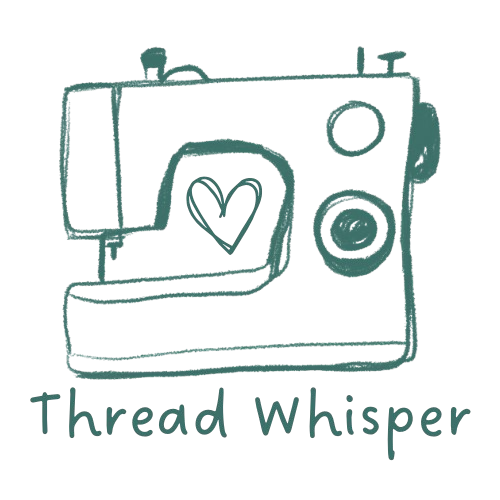

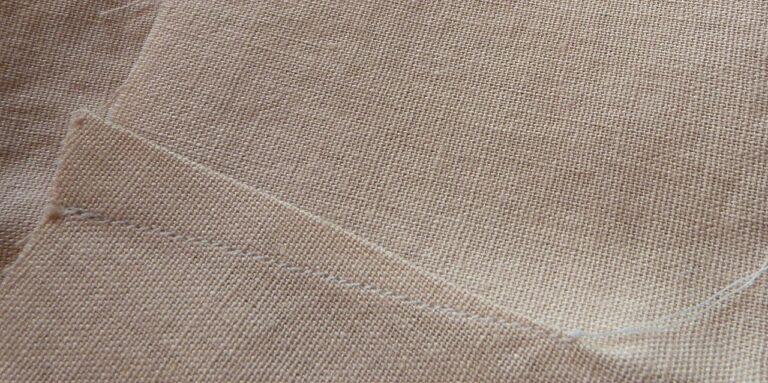
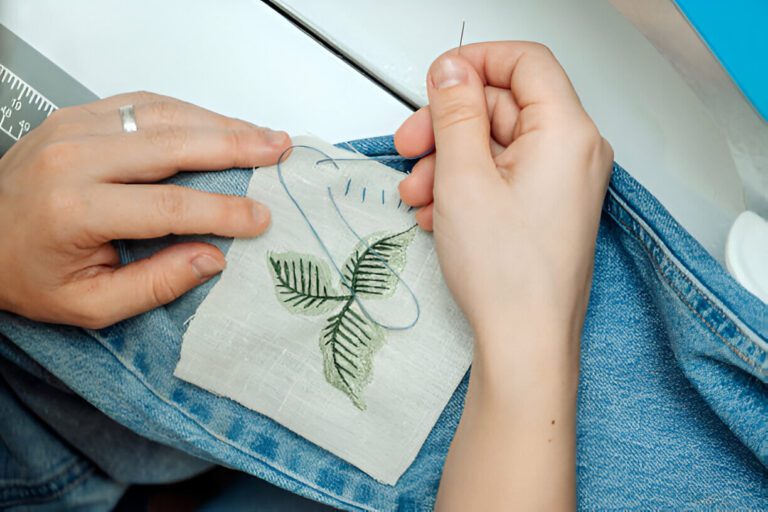


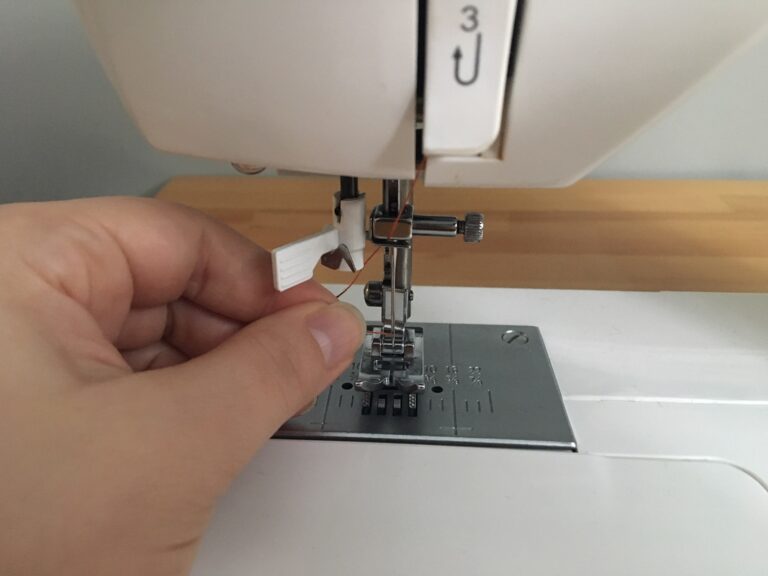
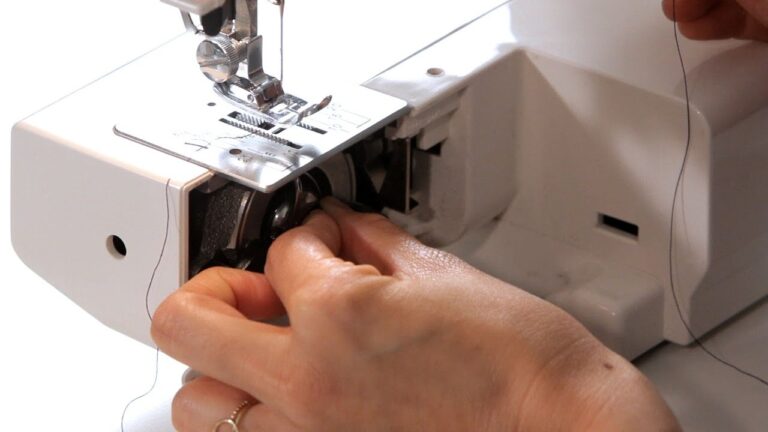
One Comment